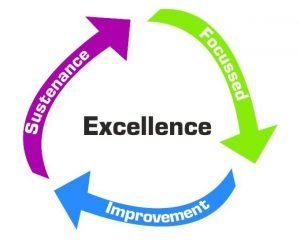Turn Around Time (TAT) is a key performance indicator in Lean management that measures the total time taken to complete a process from start to finish.
Reducing TAT is crucial for improving customer satisfaction, efficiency, and competitiveness, as it reflects how quickly an organization can deliver value.
⚙️ What is Turn Around Time?
TAT represents the duration between the initiation and completion of a task — whether it’s a production order, service request, or decision-making process.
A high TAT often indicates waste such as waiting, rework, or inefficiencies in flow, while a low TAT signifies a streamlined and responsive system.
In Lean philosophy, reducing TAT means eliminating non-value-added activities and improving process flow to deliver faster, without compromising quality.
🧩 Ways to Improve TAT
-
Map the process using tools like Value Stream Mapping (VSM)
-
Identify and remove bottlenecks causing delays
-
Implement Standard Work to maintain consistency
-
Use Daily Work Management (DWM) to monitor progress
-
Encourage cross-functional collaboration for faster decision-making
🚀 Benefits of Reducing TAT
- Faster response to customer needs
- Improved productivity and workflow efficiency
- Reduced waiting and idle time
- Higher customer satisfaction and trust
- Stronger competitive advantage
🧭 Conclusion
In Lean management, Turn Around Time is a mirror of process health.
By continuously tracking and improving TAT, organizations can build a culture that values speed, quality, and reliability — achieving more with less.
“Speed is not about rushing — it’s about removing what slows you down.”






